Features > Property News & Insights > Market updates
Home truths: The real story of Australia’s housing problem
.png)
KEY POINTS
- Australia faces a deep and worsening housing shortage, with targets unmet and strong migration-driven population growth adding pressure to inadequate supply
- Home prices have jumped 44.3% in 5 years, with rents outpacing incomes. Low vacancies and recent rate cuts are driving prices higher, worsening affordability
- Red tape, shortages, and weak productivity are slowing housing builds, while first-home buyer incentives risk worsening affordability without more supply
Sometimes it’s worth just taking a pause to reflect.
This is a good strategy in any walk of life; whether it is reflecting on your personal relationships, your health, your investments or the direction of your business.
It’s roughly two years since I started Australian Property Update - my news and insights blog on wealth creation and what’s happening in residential property and real estate in this country.
There’s been plenty to write about - and I estimate that over the past two years, I’ve brought readers about 400 updates on property values, interest rates, rental demand and returns, wealth management and investment property education.
But what’s the big picture?
What’s the overview - the real story - that emerges from those hundreds of thousands of words?
I did a scan through the stories I’d written and it turns out there are several themes that kept recurring:
Housing undersupply
There’s a structural undersupply of housing in Australia, and it’s been exacerbated by high migration.
Research last year by AMP estimated there is an existing housing shortfall in Australia of anywhere between 200,000 to 300,000 homes.
And it’s set to get worse.
Projections and modelling by the Federal government’s own National Housing Supply & Affordability Council recently forecast there would only be about 938,000 additional new homes built by mid-2029.
That’s around 262,000 fewer than the government’s stated target of 1.2 million new homes.
Research for the Property Council of Australia, released in March by Mandala Partners, was considerably more pessimistic, estimating that Australia was on track to fall a whopping 462,000 homes short of the 1.2 million homes target.
What does this mean?
The privately-run Urban Development Institute of Australia - a body which brings together some of the country’s largest builders, developers and infrastructure providers - says we will be at least 400,000 homes short of what’s required for our population just in Australia’s capital cities alone by 2029.
Much of this existing and future housing demand is coming from migration.
This peaked in 2023-24 with net overseas migration (long-term residents coming into the country minus long-term residents leaving) at over 446,000.
Research by economist Kevin You estimates that between 2022 and 2024, net overseas migration was responsible for 81% of Australia’s population growth.
In a paper for the Institute of Public Affairs, Dr You says this rapid migration-driven growth alone was responsible for an estimated housing supply shortfall of 19,570 homes in 2024, and a cumulative shortfall of 179,287 homes between 2022 and 2024.
While net overseas migration is falling, it still remains very high in historical terms and when compared to migration levels in similar OECD countries.
Housing and economic analysts stress that unless supply catches up with demand, the current housing crisis is likely to become permanent - even warning a sustained undersupply of homes could last decades.
Soaring price pressures
A Covid-era housing price boom fuelled by low interest rates and the post-pandemic migration surge has seen national dwelling values surge +44.3% over the last 5 years, and by around +65.6% over the last decade.
Most analysts believe the recent lowering of interest rates by the Reserve Bank - with two cuts amounting to 50 basis points so far in this easing cycle and several more predicted over the next year - will see home price growth accelerate again.
Rental vacancy rates also remain critically low - around 1% nationally, with capital cities heavily affected.
This has seen rents climb sharply over the past three years.
Although rent growth is now slowing, it still remains above 5% annually - roughly double the previous decade average - and significantly, it remains above income growth.
Planning, construction and cost barriers
Despite financial incentives available to state and local governments, Australia’s planning systems remain mired in delays and red tape, slowing approvals of much-needed new dwellings, particularly for “infill” urban areas and higher-density homes like apartments.
The organisation that represents town planners says there’s a chronic shortage of these key workers, while pro-development groups argue that the productivity of the existing planning workforce has collapsed.
YIMBY (Yes In My Backyard) Melbourne recently claimed an average town planner in 1986 would be involved in assessing 54 dwellings a year, while today that number has plummeted to just 9.
Labour productivity in the building industry and the time it takes to build a home has also blown out over the last 15 years, with Master Builders Australia asserting that an average freestanding house - which took nine months to build in 2010 - now takes 12.7 months.
As for apartments, Master Builders says the time to build the average development has blown out by 80%, from 18.5 to 33.3 months.
Shortages of labor and spiralling material prices - which blew out during Covid - have also slowed build timelines and driven up costs.
The mismatch between housing policies and actual delivery
We’ve already talked about the Federal government’s National Housing Accord target of building 1.2 million homes by mid-2029.
For this to happen, Australia needs to be approving, commencing and completing new homes at an average of at least 20,000 per month, 60,000 per quarter or 240,000 per year.
However, a year into the Accord period and new figures show that only 134,466 new dwellings were commenced in the first three quarters of the 2024/25 financial year.
That is 45,534 or 25% less than the 180,000 homes that should have been started, in order to stay on track with the target.
While federal and state governments have also unveiled a raft of programs aimed at first home buyers, such as shared‑equity or deposit guarantee schemes, without matched supply of new homes, these programs stand to actually exacerbate the housing crisis, by driving up prices in the affordable end of the market.
As independent economist Saul Eslake - a long-standing critic of first-home buyer schemes - so eloquently puts it, “giving money to people to spend on housing that they otherwise wouldn’t have, results in a supply-constrained market … and people paying more for housing.”
In conclusion
So there you have it.
Australia’s existing chronic undersupply of homes has been exacerbated by high migration levels, while planning constraints, material costs and labor shortages are all impeding housing delivery.
Affordability has worsened as home prices and rents escalate faster than incomes, forcing many Australians into financial stress.
Policies that have been put in place to help alleviate the situation - particularly for younger buyers - may actually make things worse.
So what does this mean for property investors?
The figures speak for themselves.
Demand will continue to outstrip supply for years into the future.
And that’s what you want with any investment, whether it be property, stocks, crypto or gold - an assurance that demand will remain strong well into the future and that returns and capital growth are guaranteed.
Stay Up to Date
with the Latest Australian Property News, Insights & Education.




.png?width=292&height=292&name=Copy%20Link%20(1).png)
 SIGN UP FOR FREE NEWSLETTER
SIGN UP FOR FREE NEWSLETTER
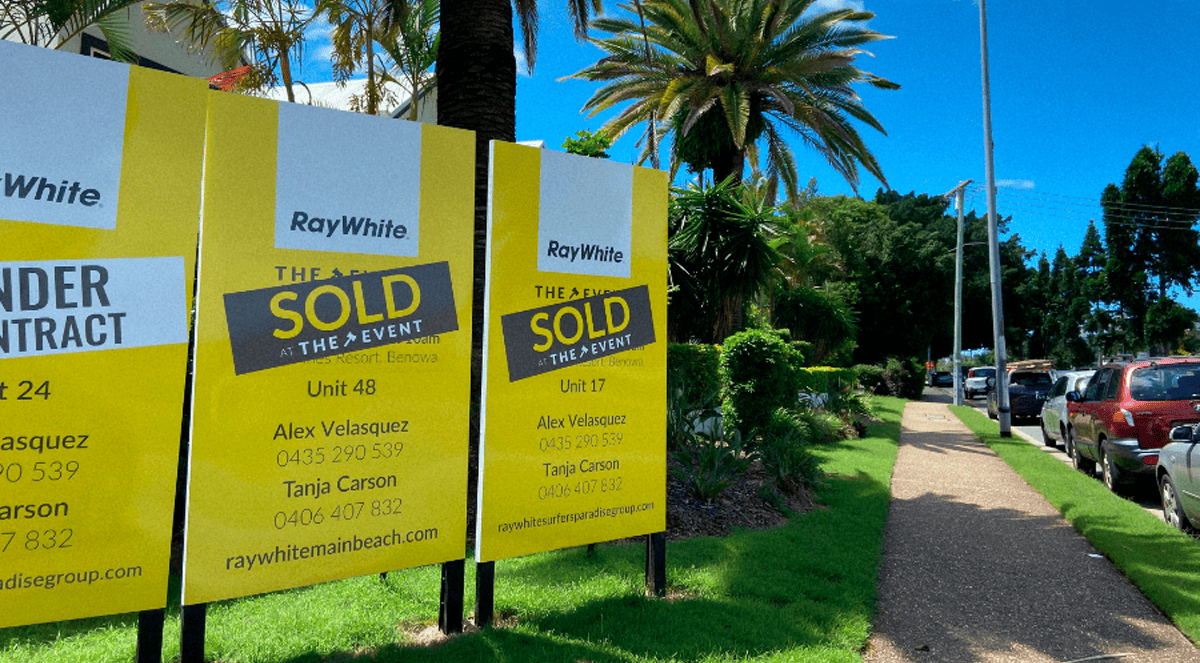
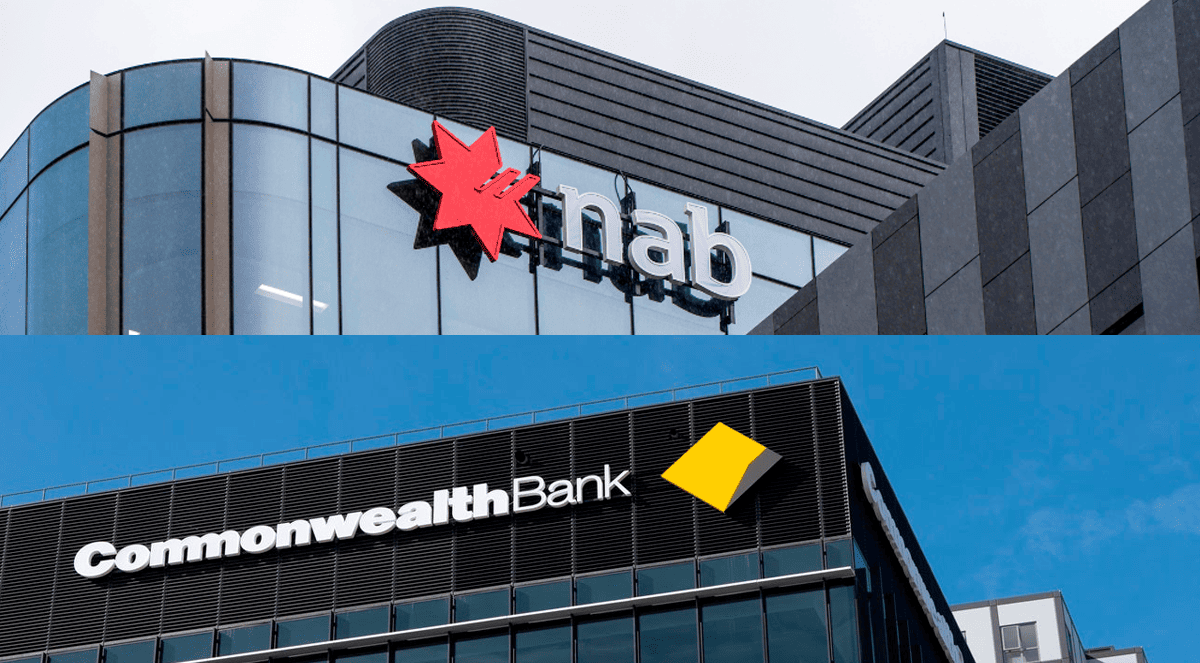
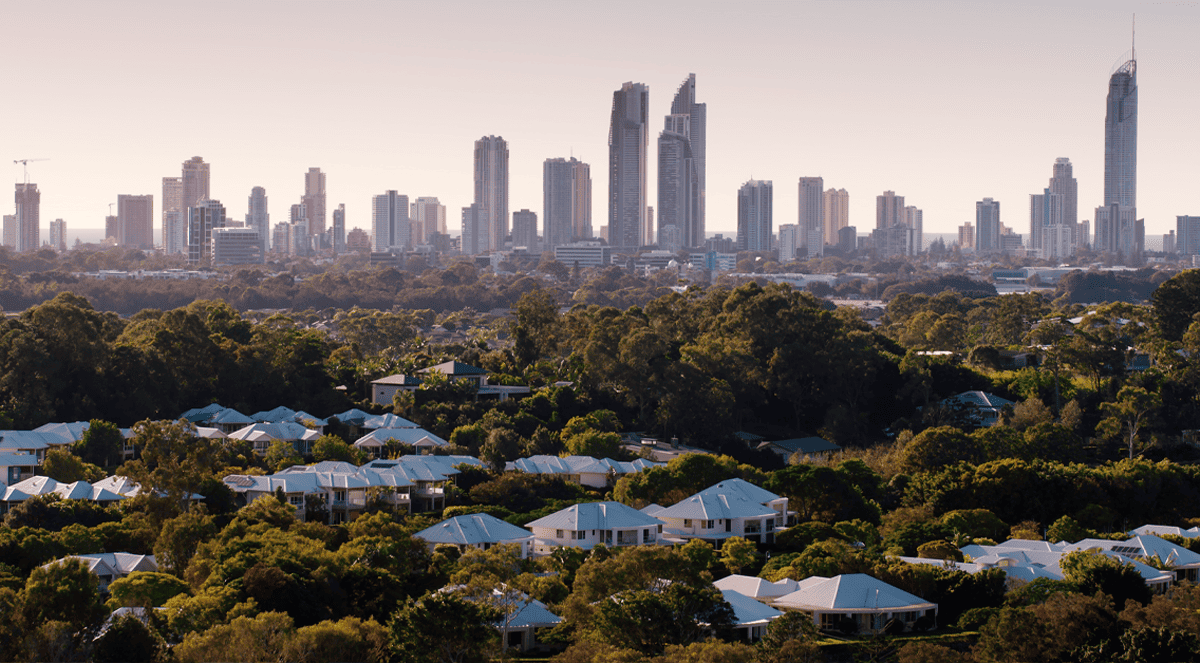
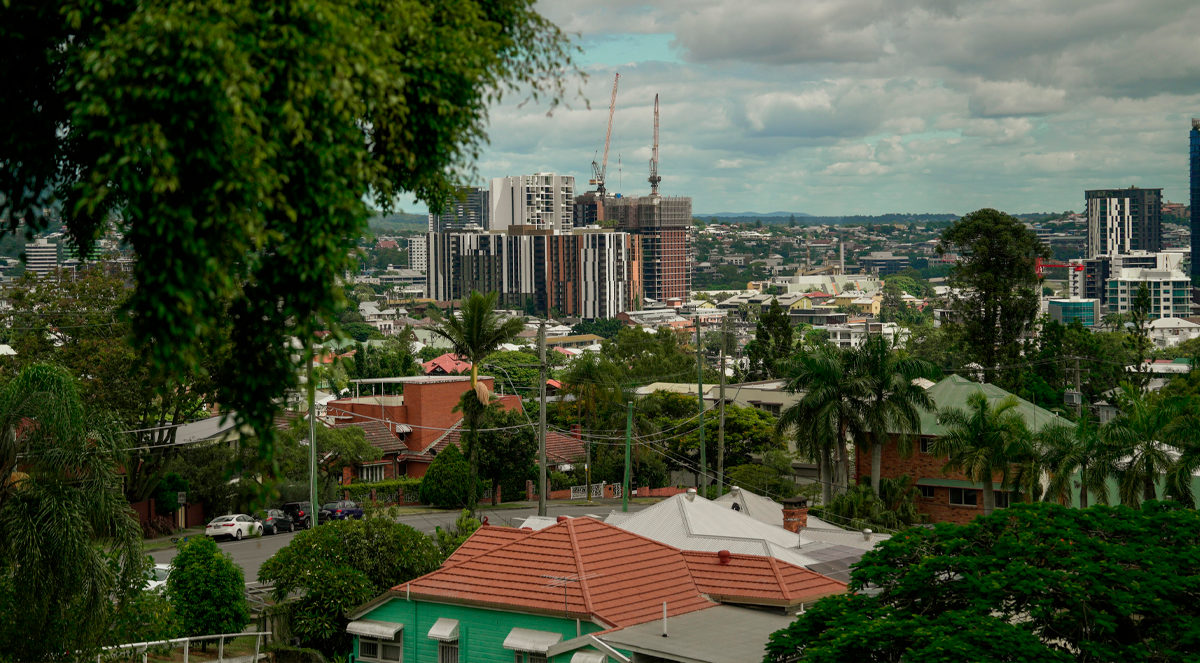
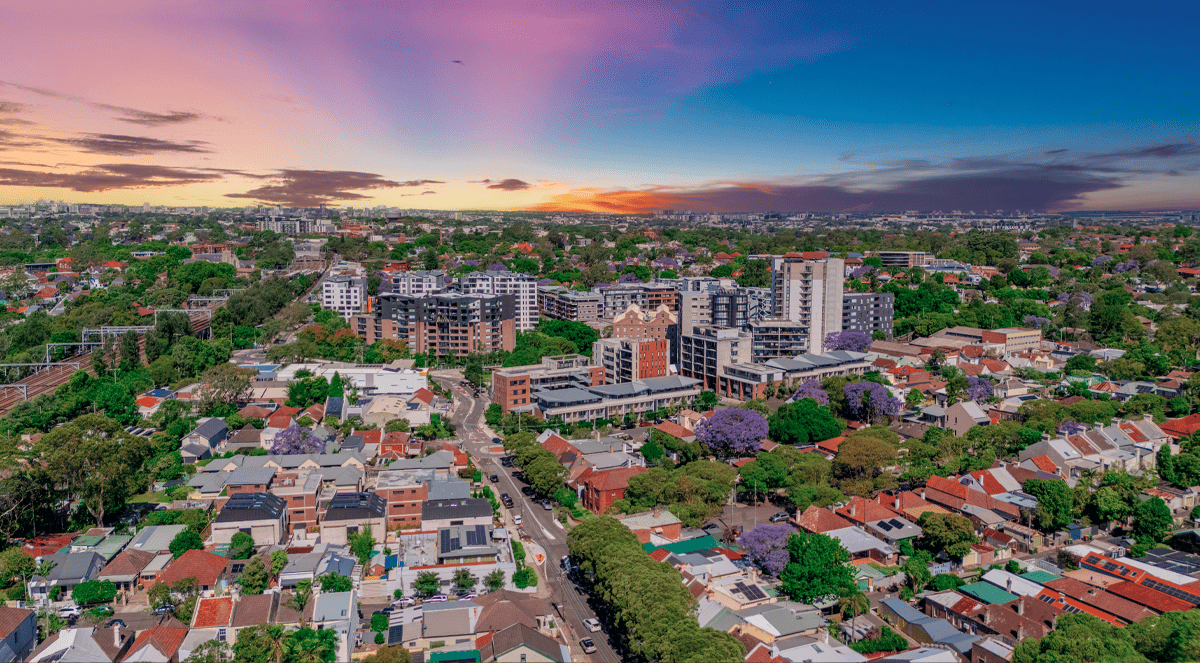
.jpg?width=1920&height=1080&name=Warning%2c%20You%20Might%20Be%20Facing%20Higher%20Taxes%20Soon%20(1).jpg)





.png?width=1920&height=1080&name=Rate%20Drops%20Signal%20BIGGEST%20Property%20Boom%20in%20DECADES%20(1).png)

.jpg?width=1920&height=1080&name=Labor%20vs%20Liberal%20These%20Housing%20Policies%20Could%20Change%20the%20Property%20Market%20Forever%20(1).jpg)
.jpg?width=1920&height=1080&name=QLD%20Slashes%20Stamp%20Duty%20Big%20News%20for%20Investors%20%26%20Home%20Buyers%20(1).jpg)
.jpg?width=1920&height=1080&name=Trump%20Just%20Slapped%20Tariffs%20%E2%80%93%20Here%E2%80%99s%20What%20It%20Means%20for%20Australia%20(1).jpg)
.jpg?width=1920&height=1080&name=Federal%20Budget%202025%20More%20Debt%2c%20No%20Housing%20%E2%80%93%20Here%E2%80%99s%20What%20You%20Need%20to%20Know%20(1).jpg)
.jpg?width=1920&height=1080&name=Australias%20Housing%20Crisis%20is%20about%20to%20get%20MUCH%20Worse%20(New%20Data%20Warns).jpg)
%20(1).jpg?width=1920&height=1080&name=Australias%20RENTAL%20CRISIS%20Hits%20ROCK%20BOTTOM!%20(2025%20Update)%20(1).jpg)
%20(1).png?width=1920&height=1080&name=Is%20Adelaide%20Still%20a%20Good%20Property%20Investment%20(2025%20UPDATE)%20(1).png)
.jpg?width=1920&height=1080&name=RBA%20Shocks%20with%20Rate%20Cuts!%20What%E2%80%99s%20Next%20for%20Property%20Investors%20(1).jpg)
%20(1).jpg?width=1920&height=1080&name=I%20Predict%20The%20Feb%20Rate%20Cut%20(My%20Price%20Growth%20Prediction)%20(1).jpg)
.png?width=1920&height=1080&name=Why%20Property%20Prices%20Will%20Rise%20in%202025%20Market%20Predictions%20(1).png)
.jpg?width=1920&height=1080&name=Why%20Investors%20Are%20Choosing%20Apartments%20Over%20Houses%202%20(1).jpg)
.jpg?width=1920&height=1080&name=Why%20Rate%20Cuts%20Will%20Trigger%20A%20Property%20Boom%20(1).jpg)
.jpg?width=1920&height=1080&name=Retire%20On%202Million%20With%20One%20Property%20(Using%20SMSF).jpg)
.jpg?width=1920&height=1080&name=4%20Reasons%20Why%20You%20Should%20Invest%20in%20Melbourne%20Now%20(1).jpg)
%20(1).jpg?width=1920&height=1080&name=Old%20Property%20vs%20New%20Property%20(Facts%20and%20Figures%20Revealed)%20(1).jpg)
%20(1).jpg?width=1920&height=1080&name=Will%20The%20New%20QLD%20Govt%20Create%20a%20Property%20Boom%20or%20Bust%20(My%20Prediction)%20(1).jpg)
%20Scott%20Kuru%20(1).jpg?width=1920&height=1080&name=Inflation%20Hits%20Three-Year%20Low%20(Will%20RBA%20Cut%20Rates%20Soon)%20Scott%20Kuru%20(1).jpg)
.jpg?width=1920&height=1080&name=How%20to%20Buy%20Investment%20Property%20Through%20SMSF_%20The%20Ultimate%20Guide%20(1).jpg)
.jpg?width=1920&height=1080&name=Victoria%20Slashes%20Stamp%20Duty%20Melbourne%20Set%20to%20Boom%20Scott%20Kuru%20(1).jpg)
.png?width=1571&height=861&name=Are%20Foreign%20Buyers%20Really%20Driving%20Up%20Australian%20Property%20Prices%20(1).png)
.jpg?width=1920&height=1080&name=The%20Single%20Factor%20That%20Predicts%20Property%20Growth%20Regions%20(1).jpg)
%20Scott%20Kuru%20(1).jpg?width=1920&height=1080&name=My%20Prediction%20On%20Rates%20%26%20Negative%20Gearing%20(Market%20Crash)%20Scott%20Kuru%20(1).jpg)

-1.png?width=1920&height=1080&name=Major%20Banks%20Cut%20Rates%20Will%20RBA%20Follow%20Suit%20(Sept%20Rate%20Update)-1.png)
%20Scott%20Kuru-1.png?width=1920&height=1080&name=Rate%20Cut%20Coming%20What%20New%20Zealands%20Move%20Means%20for%20Australia%20(Sept%20Prediction)%20Scott%20Kuru-1.png)
%20(1).jpg?width=1920&height=1080&name=Buy%20when%20the%20interest%20rates%20are%20high!%20(Why%20you%20must%20buy%20now!)%20(1).jpg)
.jpg?width=1920&height=1080&name=Carms_Revised%20Taxes%20Due%20Aug%209%20YT%20Thumbnail02%20(1).jpg)
.jpg?width=1920&height=1080&name=Carms_Too%20Little%20Too%20Late%20Aug%207%20YT%20Thumbnail01%20(1).jpg)









.jpg?width=1920&height=1080&name=Carms_Rate%20Drop%20In%20July%20Jun%2010%20YT%20Thumbnail02%20(1).jpg)
.jpg?width=1920&height=1080&name=Carms_Own%20a%20Property%20V6%20Jun%205_YT%20Thumbnail%20(1).jpg)









.png?width=1920&height=1080&name=Artboard%201%20(3).png)






.jpg?width=1920&height=1080&name=YT%20thumbnail%20%20(1).jpg)

